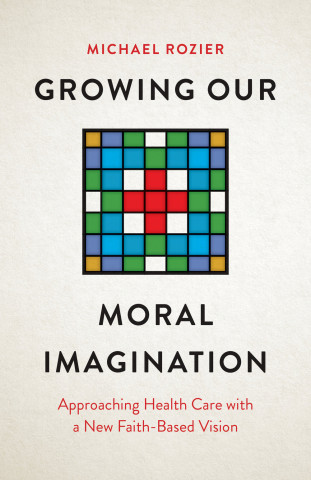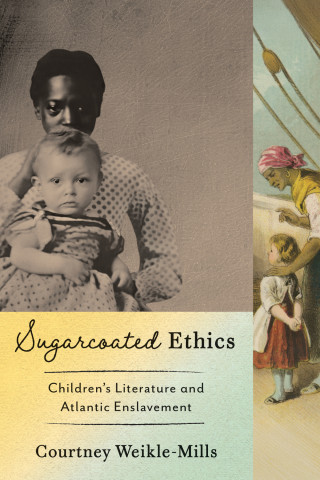
Reviews
Holocaust Representation tackles the thorny subject of ethics and art as they bear on works commemorating or referring to the Holocaust.
Berel Lang has achieved in these essays a remarkable and compelling piece of philosophical literary criticism. He aims for nothing less than a demonstration that writings on the Holocaust, however imaginative, cannot escape the form or fact of the history of that event. There is, in this unique case, an internal relationship between truth and poetic representation. It is a powerful and sobering analysis of the limits of art.
With his profound philosophical grasp of both aesthetic and ethical issues at play in Holocaust literature and art, Berel Lang brings great clarity to the very difficult and complex issues surrounding Holocaust representation—whether by survivors or by the next generation.
Displaying at once the intellectual precision of a philosopher, the verbal sensitivity of a literary critic, and the concreteness of a historian, Berel Lang has produced an immensely appealing book that will attract readers throughout the humanities. Holocaust Representation brilliantly rethinks and redirects that flourishing new genre, the book about Holocaust writing.
Berel Lang offers a compellingly original, subtle, and provocative meditation on those historical and ethical constraints that invariably limit the representation of the 'unrepresentable,' the speaking of the 'unspeakable.' Joining philosophical inquiry and historical analysis, literary criticism and art history, Lang presents a new interpretation of the 'blurring'—of literary genres, of artistic forms, of historical discourses, of stylistic conventions—that, in the afterwards of history and memory, extreme trauma imposes on representation.
Berel Lang's writings on Holocaust representations reveal the broad range of aesthetic and ethical complexities that define this important subject. Lang's essays, historically informed and critically astute, warrant and will amply reward the most careful reading.
Book Details
Preface and Acknowledgments
Introduction: Art Within The Limits
Part I: Image and Fact: The Problem of Holocaust Representation
Chapter 1. Writing the Holocaust: Toward the Condition of History
Chapter 2
Preface and Acknowledgments
Introduction: Art Within The Limits
Part I: Image and Fact: The Problem of Holocaust Representation
Chapter 1. Writing the Holocaust: Toward the Condition of History
Chapter 2. Holocaust Texts and the Blurred Genres
Chapter 3. The Limits of Representation and the Representation of Limits
Chapter 4. The Facts of Fiction: Three Case Studies in Holocaust Writing
Chapter 5. The Importance of Holocaust Misrepresentation
Part II: Eye and Mind: Reflecting the Holocaust
Chapter 6. The Arts of History
Chapter 7. Translating the Holocaust: For Whom Does One Write?
Chapter 8. The Post-Holocaust vs. the Postmodern: Evil Inside and Outside History
Chapter 9. Art Worship and Its Images
Index





